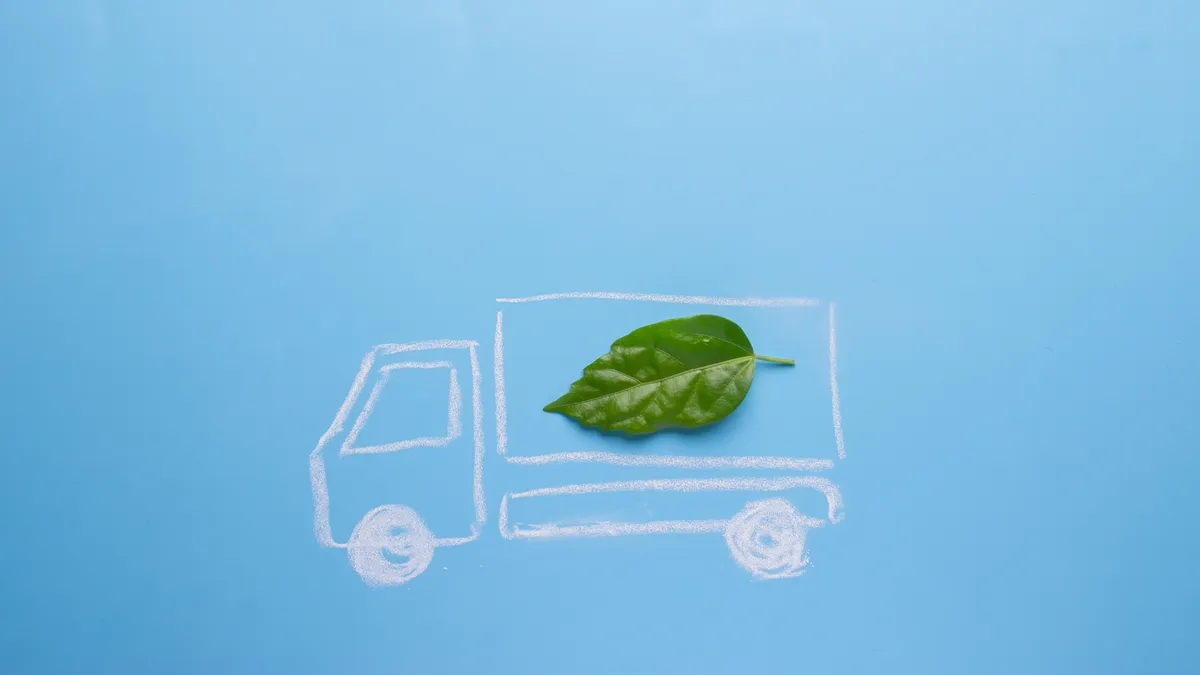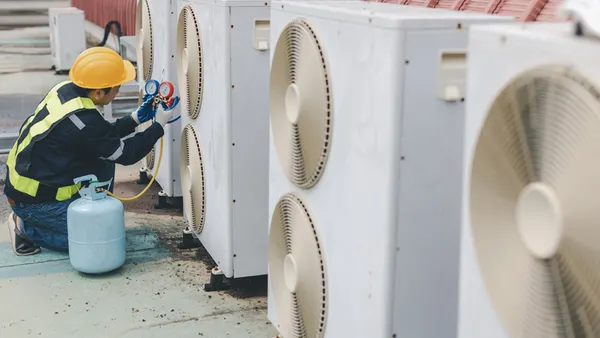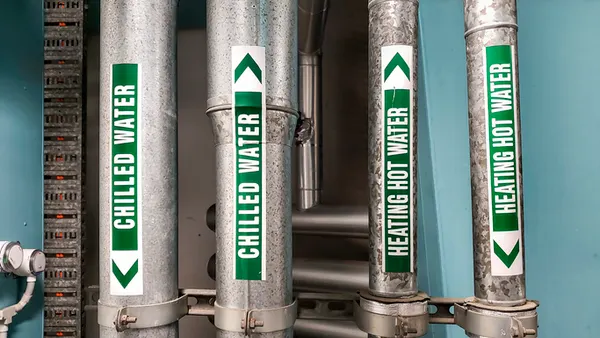When it comes to achieving lofty emissions goals set by the federal, state or other governments, many industry sectors have a long way to go.
The most obvious place for trucking to make a meaningful contribution to the end-game goal is through electrification. But while the will and interest appears to be there for many companies, it can be a confusing landscape along the way.
Currently, the trucking industry is operating in transition. Mike Roeth, executive director of the North American Council for Freight Efficiency, calls it "the in between." Paul Rosa, senior vice president of procurement and fleet planning at Penske Truck Leasing, said trucking is "at the beginning of the messy middle."
"We're in the pre-game stage still," Rosa said, using a sports analogy. "Not even the first quarter."
Vans and step vans, medium-duty box trucks, terminal tractors and heavy-duty tractors hauling regionally have demonstrated they are viable options for battery-electric vehicles, according to a recent NACFE report. The organization surveyed 13 fleet-OEM pairs to determine at which stage of electrification they are.
From where he stands, Roeth sees two current, basic approaches to electrification: "Essentially for now, you can electrify with power-train hybrids, or take a diesel truck and start to electrify parts of it," he said.
Adoption of electric trucks will be gradual, with lighter-duty vehicles going first. Part of that has to do with infrastructure, which most fleets have little control over. But trucking firms can figure out what their path to electrification will look like, considering what equipment is available now and what is in development.
A hybrid model?
When it comes to electrification, the trucking industry isn't starting from scratch. Lessons can be learned from passenger vehicles.
"We've watched the passenger-vehicle industry learn that changing from diesel all the way to battery-electric makes cars elegantly simple," he said. "You've got the battery, the motor, some electronics — just plug in and go."
Passenger cars went through a progression to get there, and, in most cases, are still running on gas. The same progression is possible with trucks, but it will not happen overnight.
"Passenger cars moved from hybrid to battery electric," says Roeth. "Eventually, trucks will follow."
The hybrid option is expensive. And it isn't really feasible at the moment for long-haul trucking — even though it appeared promising for a time. There is always the potential that some variation of traditional hybrid engines could work in the future, but for now, that's not reality.
"It remains complex," said Roeth. "The internal combustion engine must meet all the rules, and plenty can go wrong. When battery-electric took off, regulators fell in love with the idea of zero emissions. Hybrids didn't have a great chance at taking off, but maybe in the future?"
"Don't try to shove a battery into the hands of a customer who isn't ready for it."

Mike Roeth
Executive Director of the North American Council for Freight Efficiency
The other option, electrifying parts of the truck, is equally as complex.
"You might electrify your auxiliaries, for instance," Roeth explained. "This could look like electrifying the hotel load, for instance."
The transition period between diesel and fully electric will be lengthy, Rosa said. The infrastructure question must be answered, and fleets need to have the right business cases.
In the interim, there's going to be a good deal of experimentation of different combinations of equipment and technology. For example, Rosa said, there's a model in which the rear axle uses a small battery that is recharged by a diesel engine, making it "somewhat hybrid," but not a true hybrid.
"It's going to remain interesting for many years," he said.
Roeth explained that part of the lengthy process is due to the wide variety of medium- and heavy-duty trucks. "It is incredibly diverse and complex," he said. "All of the options right now are good solutions for some parts of the market."
As such, it's important for OEMs to work with end users to ensure they're getting the electric options right, and also that the customer understands limitations, like the lack of infrastructure.
"Don't try to shove a battery into the hands of a customer who isn't ready for it," Roeth said. "Optimize trucks with different solutions. When it's done right, you have a very happy customer."














